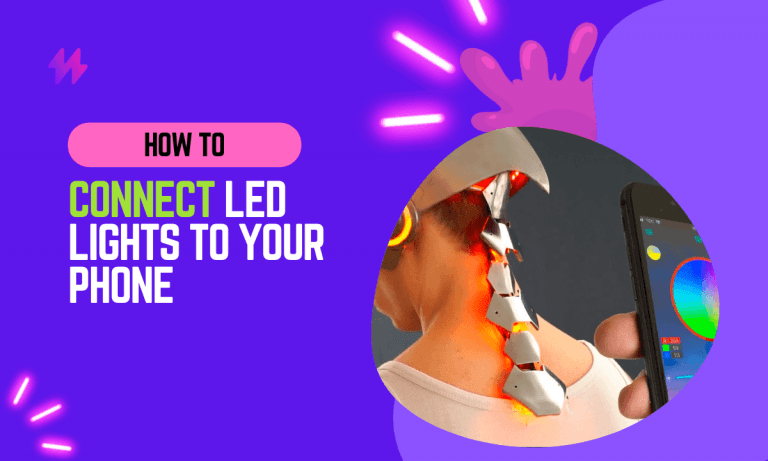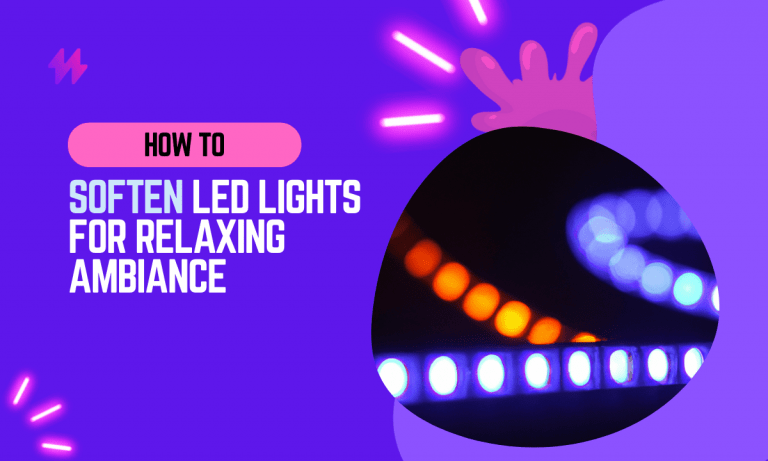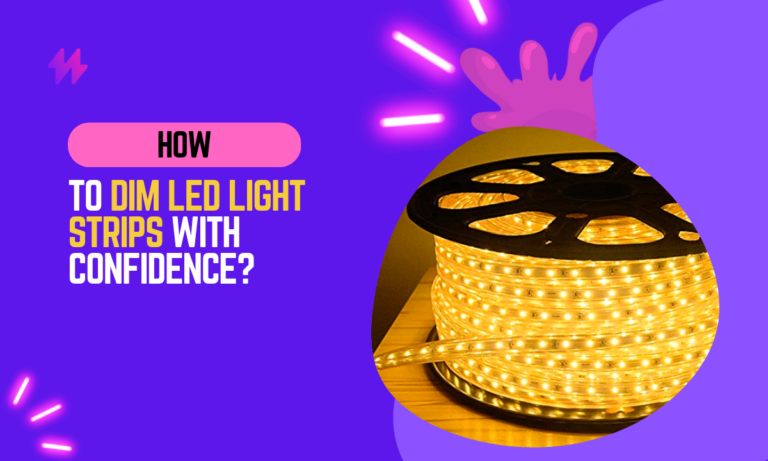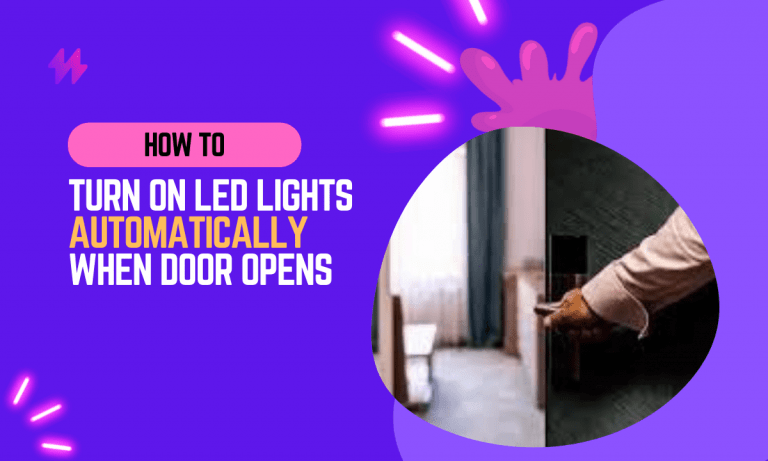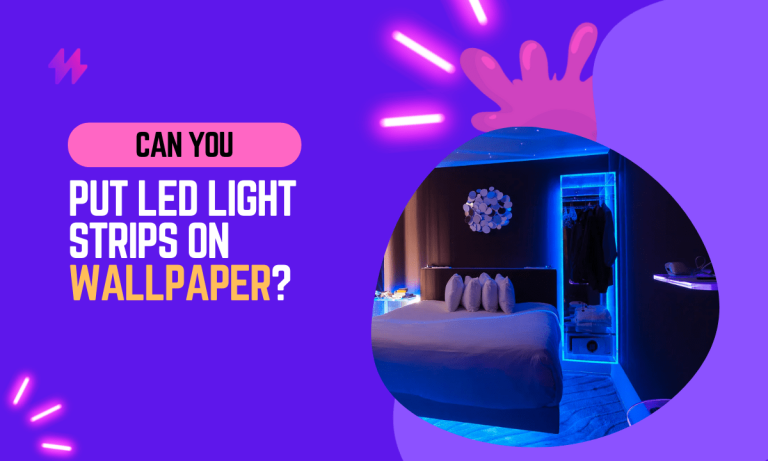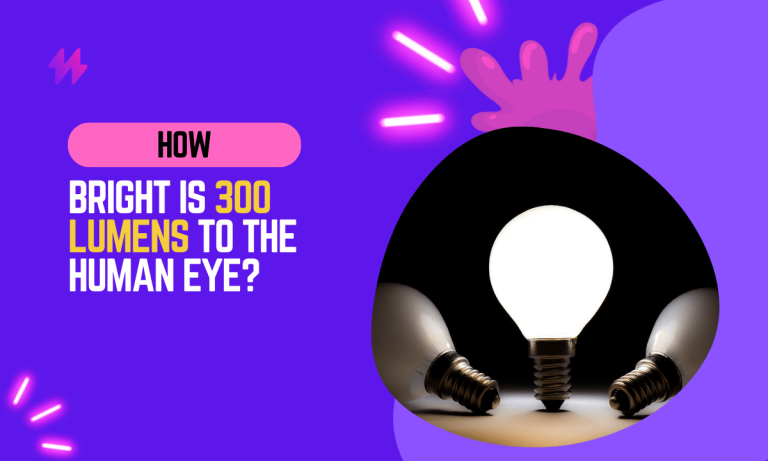How Do LED Faucet Lights Work?
Led faucet lights are a relatively new technology that is quickly gaining in popularity. There are many benefits to using LED faucet lights, including energy savings, durability, and longevity. But what exactly are LED faucet lights, and how do they work? In this article, we will explore the basics of LED faucet lighting technology and discuss some of the key benefits of using LED faucet lights.
Unlike traditional faucets, which use water to wash your hands and provide you with light, LED faucet lights use cutting-edge electronics to accomplish both tasks.
How Do Led Faucet Lights Work?
So how exactly do these lights work? We have a detailed guide on how motion sensors work with LED lights. For now, let’s move ahead with Faucet lights.
At its most basic level, an LED faucet light consists of three main components:
- Sensor
- Electric circuit board
- LED bulb
The sensor is embedded within the faucet itself and is responsible for detecting when your hand comes into contact with the surface of the sink. When it detects this contact, it sends a signal to the electric circuit board inside the faucet housing. This electric circuit board then activates the LED bulb, which emits a bright light to help you wash your hands.
The faucet is a great way to make your house look more modern and stylish. There are many different colors that can be produced by LED lights in the sink, from reds or greens when it’s hot water right up until they turn blue at colder temperatures! It might seem like this just changes depending on what mood you’re feeling but sometimes these color changers will also do things such as glow white if there has been heavy rainfall outside which makes them even better.
Also read: How to choose the right color temperature for Kitchen
Reasons Why You Need An LED Faucet Light At Home?

There are many reasons why you may want to invest in an LED faucet light for your home. Some of the key benefits include:
- Energy savings: Unlike traditional faucets, which use water to wash your hands and provide light, LED faucet lights use cutting-edge electronics to accomplish both tasks. This means that they use significantly less energy than standard faucets, resulting in significant energy savings over time.
- Durability and longevity: Led faucet lights are made from high-quality materials that are designed to last for years. They also have very few moving parts, making them extremely durable and reliable. Whether you’re looking for a long-term lighting solution or simply want something that will look great and function flawlessly for many years to come, LED faucet lights are an excellent choice.
- It Makes Washing In The Dark Easier: Led faucet lights are extremely bright, making it easier to see what you’re doing even when the rest of your home is dark. Whether you need to wash up after a late night out or simply want to do the dishes in peace and quiet without having to turn on any other lights, LED faucet lights give you the freedom and flexibility to work whenever and however you want.
How to install LED faucet lights?
Installing LED faucet lights is a relatively simple process that can typically be completed in just a few steps. Here are the basic steps to get started:
- Turn off the water supply and drain any remaining water from your sink or basin.
- Disconnect the existing faucet by loosening the retaining nuts underneath the sink using a wrench.
- Fit your LED light fixture into place, securing it with the retaining nuts previously removed from your old faucet and tightening everything up using your wrench.
- Reconnect the water supply and turn on your new LED faucet light! It is recommended to leave it running for at least 30 minutes to allow air bubbles to escape and ensure proper functioning.
If you encounter any issues while installing your LED faucet lights, such as problems with water pressure or flickering lights, it is important to consult the product manual for troubleshooting tips and advice on how to get your light up and running smoothly again.
With a little bit of patience and some basic plumbing skills, however, you should be able to install your new LED faucet lights without any problems. And once they’re installed, you’ll love the style and convenience that these innovative light fixtures add to your kitchen or bathroom!
Also read: How to choose Bathroom Color Temperature
FAQs About Led Faucet Lights
Q: Why should I choose LED faucet lights over traditional lighting options?
A: There are many benefits to choosing LED faucet lights over more traditional lighting options, including energy savings, durability, and ease of use.
Q: My LED Faucet Is Not Lighting Up: What Can I Do?
A: If your LED faucet lights stop working, there are a few potential causes to consider. One possibility is that the light fixture may not be properly connected to the water supply or outlet. Another possible cause could be an issue with your water pressure, which can sometimes interfere with proper lighting. If these issues don’t resolve the problem, it’s best to consult a professional plumber for further assistance and guidance.
Q: How Do I Maintain Led Faucet Lights?
A: Maintaining your LED faucet lights is simple and straightforward. The main thing to keep in mind is that you should never use harsh chemicals or abrasive cleaners near the light fixture, as these can damage delicate electronics and cause issues with functionality. Otherwise, cleaning your LED faucet lights regularly with a soft damp cloth should be sufficient for keeping them looking their best.
Final Words
In conclusion, LED faucet lights are an innovative and visually appealing addition to any modern bathroom or kitchen, enhancing the functionality and aesthetic of standard fixtures. These devices operate using the mechanics of water flow through the faucet, which powers a small hydroelectric generator that, in turn, activates the LED lights. This ingenious integration of technology eliminates the need for batteries or electrical wiring, ensuring that the lights are both energy-efficient and environmentally friendly. LED faucet lights typically include temperature sensors that change the color of the light based on the water temperature – a feature that is not only visually striking but also serves as a practical safety measure, indicating whether the water is hot or cold at a glance.
Moreover, the installation of LED faucet lights is generally straightforward, often designed to be user-friendly and compatible with standard faucet types, which makes them accessible for DIY enthusiasts looking to upgrade their home fixtures. The appeal of these lights extends beyond their functional benefits; they also offer an element of fun and interactivity to everyday tasks like washing hands or doing dishes, making them especially popular in households with children. As LED technology continues to advance, these faucet lights are becoming increasingly durable and capable of offering a wider spectrum of colors and effects, enhancing user experience and providing an additional layer of customization for home decor. Overall, LED faucet lights represent a melding of utility and innovation, bringing a touch of technology to everyday water fixtures.

